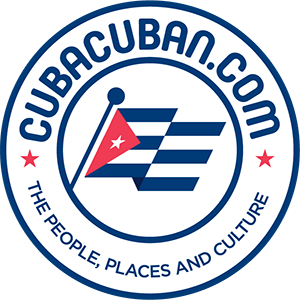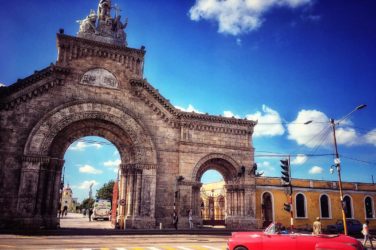INTRODUCTION
As the capital of Cuba, Havana is, naturally, Cuba’s cultural, political and economic hub. Add to that the fact that approximately 20 percent (2.1 million) of Cuba’s population is registered as residing in Havana and you come to understand why the city has a certain vibrancy about it. However, years of communist policy have resulted in Havana, today, not being as developed as one would come to expect from other capital cities of Latin American countries. Indeed, it is almost as if the city still lives in a bygone era of past glories with buildings architecturally in the design of old Spanish colonial houses and grand old cars from Detroit’s happier days rumbling down the main roads. This is not, however, the same as saying that Havana is a sleepy ghost-town, because, as you’ll no doubt find out, this is far from true – Havana is alive!
HISTORY
Today’s Havana is located on the Western coast of Cuba and built around a harbor mouth – in much the same location as when it was first established in 1519. Initially Havana’s remoteness from the original seven Spanish colonies, as well as its proximity to nearby swamp lands, made it an unpopular choice from which to run the country. However, its harbor served as a good natural port of call for Spanish ships sailing home from the expeditions in Mexico and Peru and in 1607 the city officially became Cuba’s capital – which (aside from a small 11-month foray when the British arrived in 1762) it has remained to this day.
Since the days when it was first established Havana has always been a very successful commercial servant of Cuba’s. However, Havana’s heydays have more to do with its close proximity to the Florida coast (105 miles (170 kilometer away)) than anything else as it became a popular destination for America’s mobsters to invest in – notably the Capri and Nacional hotel -to cater for those escaping from the confinements of prohibition back home.
Following the fall of eastern-block communism in the late 1980s, Castro has allowed Cuba, thus Havana, to develop along more free-market economic lines; consequently Havana is starting to regain the ground she lost during almost 30 years of commercial neglect. You should find then that it’ll not be long before changes start to happen and this sleeping giant springs back to life as a redeveloped modern city of “can do” people.

